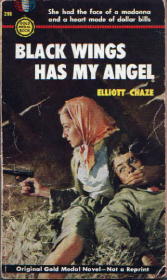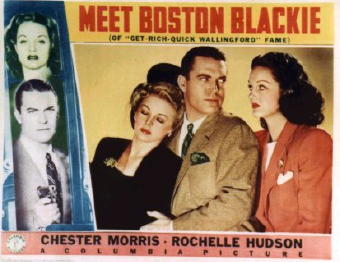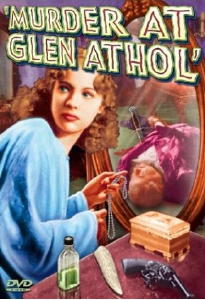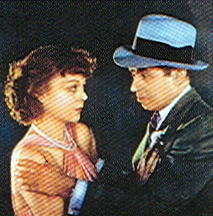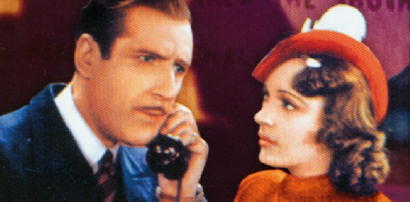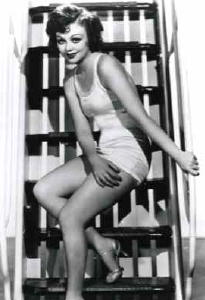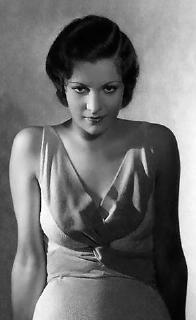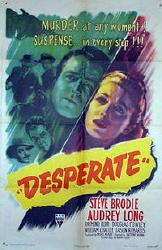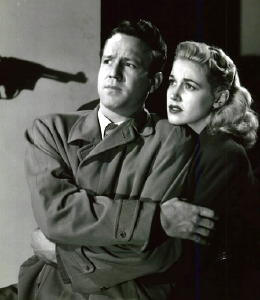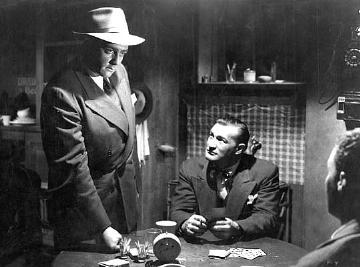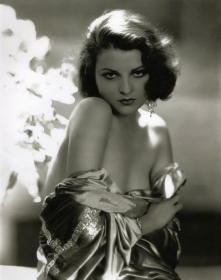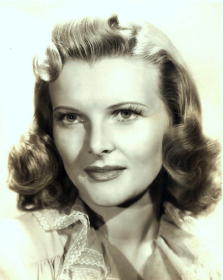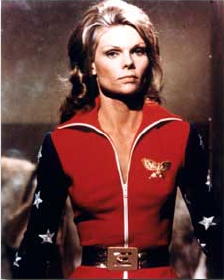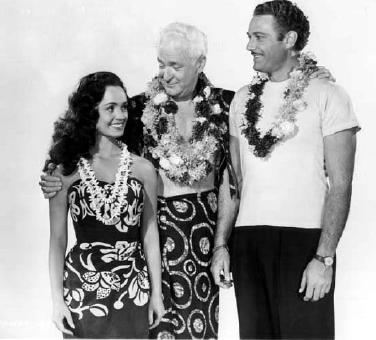MEET BOSTON BLACKIE. Columbia, 1941. Chester Morris, Rochelle Hudson, Richard Lane, Charles Wagenheim, Constance Worth. Screenplay: Jay Dratler; based on a character created by Jack Boyle. Director: Robert Florey.
I was warned by Vince Keenan that in spite of their popularity at the time — there were 14 of these Boston Blackie films with Chester Morris in all — they (um) weren’t very good, or certainly not as good as he’d expected. He taped a few of them last month from TCM, just as I did, only he got around to watching some of them before I did.
This is the first one, as you might have guessed from the title — the series lasting until 1949 — and even before I started watching it, I was convinced that Vince was wrong. And for the first 10 or 15 minutes or so, I was even more convinced. After that, well, I’ll get back to it, but Vince — crossing my fingers where you cannot see them as I say this — I’ll never doubt you again.
In this movie, it isn’t made clear whether Blackie is a reformed jewel thief or a very tricky one whom the persistent Inspector Faraday (Richard Lane) simply hasn’t been able to catch yet. They are on friendly enough terms, but Faraday has this obsession about finally outwitting his (much) more quick-witted nemesis, and he can’t quite do it.
A body found in Blackie’s cabin on a ship returning from Europe gets the chase started, and to clear himself, Blackie has to nab a gang of foreign agents hanging around a Coney Island carnival. The black-and-white atmospherics are nicely done, and then done again, until finally overdone. Another location would have been welcome, but it’s not difficult to figure out that a lot of money, time and effort had already been spent on this one.

Chased by the aforementioned gang, Blackie commandeers a roadster driven by a dark-haired beauty named Cecelia Bradley (Rochelle Hudson), whose charms Blackie doesn’t seem to recognize as quickly as the audience does — speaking only for myself, of course — but charms nonetheless.
Running the car up into a freight train to escape doesn’t work as well as planned, but after a desperate automobile chase and dodging a few bullets, the pair finally manage to get away. Miss Bradley, no weak-kneed spinster lady she, discovers that she has had the time of her life, and signs herself up with Blackie to solve the case together. While her company is certainly welcome, in my heart of hearts, I am not entirely persuaded.
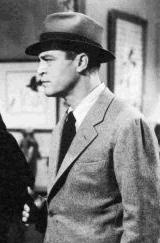
I see that I am on the verge of revealing more of the plot than I should, and I had better watch what I say from here on out, except to say that the story line goes drastically downhill from here.
The light-hearted approach is a little too light-hearted. The funny lines are tired, worn and generally not very funny, even (I would have thought) for 1941 audiences. The gang of agents couldn’t smuggle their way out of wet paper bags. And for most of their time together, Blackie seems to connect with Miss Bradley on a buddy-buddy basis more than he does on a man-to-woman basis
On the other hand, Miss Bradley is definitely smitten, but as for the hint at movie’s end that she’d be coming back to appear in Blackie’s next exploit, well, it never happened. Too bad. While I’m sure Blackie will find plenty of women to pair up with through the course of his follow-up adventures, too bad indeed.
Screenwriter Jay Dratler was later nominated for an Oscar (for the movie Laura) and won a Edgar in 1949 as one of the people responsible for Call Northside 777. He was still in the minor leagues, though, when he was assigned this one to work on.
[UPDATE] 04-17-07. Looking at this blog entry this evening, checking for errors and tweaking the prose a little, neither of which I actually did, it occurred to me that none of the images I’ve posted actually came from this particular movie, not even the one in the poster. The two women in the film never met, not once.
And as long as I’m doing this update and to remain fair and balanced in my presentation, why don’t I give equal time to someone who liked the movie? Leonard Maltin gives it three stars (***) and goes on to say, “… a slick and fast-paced mystery comedy … Franz Planer’s stylish cinematography enhances this solid programmer.”
